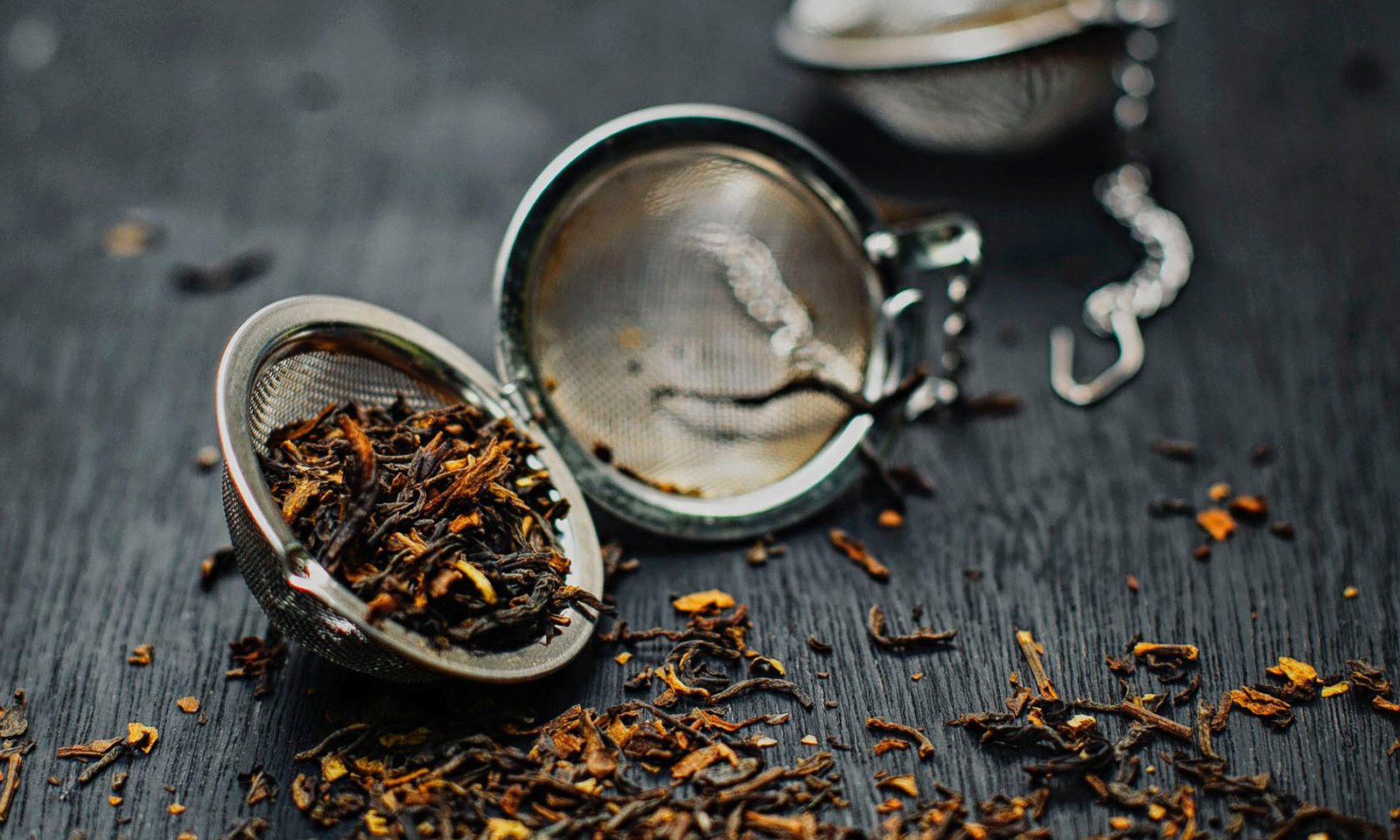
How to Tell High-Quality Tea from Low-Quality Tea
If you’re a tea connoisseur, you probably already know the difference between high-quality and low-quality tea. But for those new to the wonderful world of tea, it can be difficult to tell the difference between the two. So what makes a good cup of tea? Here’s a guide on differentiating between high-quality and low-quality teas.
Tea Leaves vs. Powder
The first thing that sets high-quality teas apart from low-quality teas is whether they are made with loose-leaf tea or powder. Loose-leaf teas are made with whole leaves, while powdered teas are usually made with dried leaves that have been ground into powder or small pieces using a machine. Whole-leaf teas have more flavor, aroma, and health benefits than powdered teas because they contain more natural ingredients. When you brew loose-leaf tea in hot water, the leaves expand and create a better-tasting infusion. When finding high-quality tea, look for brands that use whole leaves instead of powder.
Origin Matters
Another way to tell if your tea is of high quality is by looking at its origin. Teas from well-known regions such as China, Japan, India, and Sri Lanka tend to be higher quality than those from other countries because these areas have a long history of producing premium-grade teas. Therefore, if you want to ensure that your cup of tea contains all the necessary flavors and aromas associated with premium-grade tea varieties, then make sure it comes from one of these regions!
Storage & Processing Techniques
Finally, another factor that sets high-quality teas apart from low-quality ones is how they are stored and processed after harvesting. High-grade green teas should be stored in cool places away from light so as not to lose flavor or aroma over time, while black teas should be stored in airtight containers so as not to oxidize too quickly (oxidation speeds up the aging process). Also, note that some companies use chemical methods such as steaming or panning when processing their green or black teas, which can significantly reduce their nutritional value – thus making them lower in terms of overall quality compared to handpicked varieties, retain more vitamins and minerals due to being minimally processed.
It’s easy to get overwhelmed when trying to pick out the best possible cup of tea – but by keeping an eye out for specific indicators like origin region, storage methods used during processing, and whether or not it’s made with whole leaf rather than powder – you’ll soon find yourself sipping on some delicious cups of premium grade goodness! So keep these tips in mind when shopping for your next bag or box of high-quality loose-leaf or powdered tea! And here’s wishing you nothing but many delightful cuppa moments ahead!
If you want to find top-quality teas, be sure to check out our list of favorites below.”




